The programme, Tai ki uta, has now been expanded to support whānau in Bay of Plenty. This is alongside those in Rotorua where the programme has been running for 7 years.
As part of Tai ki uta, rangatahi and their support person learn skills around mindfulness, distress tolerance, emotion regulation, interpersonal effectiveness and culturally informed pathways to healing.
The 16-week programme combines Dialectical Behaviour Therapy (DBT) with mātauranga Māori – understood to be the first initiative of its kind in Aotearoa.
Rolling with the ebbs and flows
Developed by Marsha Linehan in the United States, DBT is primarily a treatment for borderline personality disorder, life threatening behaviour and other complex issues related to emotional dysregulation.
DBT is a model of intervention for people experiencing significant emotional and behavioural dysregulation.
The therapy is delivered by a team of clinicians who provide support often through wider skills group sessions focused on mindfulness, distress tolerance, walking the middle path, emotion regulation, and interpersonal effective skills. It may also include individual therapy, whānau sessions and skills coaching.
As Team Leader Psychologist Horiana Jones explains, it is internationally recognised as the best practice approach for rangatahi and whānau with complex needs.
“DBT is a therapy that requires you to be really authentic and genuine and roll with the ebbs and flows of how clients present which can be really challenging and difficult for some clinicians,” she says.
Alongside the wider skills group, rangatahi work individually with a clinician to address specific concerns and wider issues such as whānau dynamics.
The team also weave in stories from Te ao Māori, often touching on themes of navigation and the skills needed for long journeys.
“Tai ki uta means tides to the shore, and that name is about the journey that our tupuna took from Hawaiki to Aotearoa,” says Jones.
“It’s about the skills that they used in order to navigate one of the largest bodies of water in the world including being able to navigate by the stars, read tides, bird flight paths, winds…essentially, we use that as kind of a metaphor for the rangatahi and whānau that join our programme.”
Seeing results
The success of the programme is tracked through a pre, and post DBT programme measure called the difficulties with emotional regulation scale (DERS)
However, Team Leader Psychologist Dr Jamie Kampen says one of the biggest measures for success are the low dropout rates and the real-life stories of whānau the team work with.
“We had a caregiver talk about a young person.... she didn’t think the intervention would have worked if we hadn’t delivered it on the marae.”
“It just supported the young person with her own cultural identity because she had been disconnected from whānau due to lots of different factors.”
More than talking
Tai ki uta also acknowledges that westernised talk-based therapeutic interventions alone may not always work for whānau, says Horiana Jones.
“Sometimes healing sits within the simplest things, like providing an opportunity to use your senses to find tau (calm) or to do something with your hands like weaving or painting or drawing.”
“We incorporate that into Tai ki uta alongside really focused ways with which we deliver and teach skills...so that they align with where our kids are at.

